Elderberry Tree
- November 26, 2024
- 0 comment
The elderberry tree, scientifically known as Sambucus, is a versatile and ecologically important plant with a rich history of use in ecosystems and human societies. Renowned for its medicinal berries and beautiful flowers, the elderberry tree contributes significantly to biodiversity, offering food and shelter to various animals and insects.

This tree plays a vital role in ecosystems, supporting soil health, stabilizing landscapes, and enhancing habitat diversity. Its adaptability makes it an essential species for conservation and sustainable land management.
What Is an Elderberry Tree?
The elderberry tree belongs to the Adoxaceae family and is a deciduous plant commonly found in temperate and subtropical regions. Its scientific name, Sambucus, refers to a genus that encompasses numerous species with slight variations in appearance and habitat preferences.
Characteristics of the Elderberry Tree:
- Leaves: Pinnate leaves, usually 5–9 leaflets per stem, with serrated edges.
- Flowers: Small, white to creamy blossoms arranged in umbrella-shaped clusters known as corymbs.
- Bark: Smooth and gray in younger trees, becoming furrowed with age.
- Interesting Facts: Elderberry trees improve soil health by promoting microbial diversity in the rhizosphere, and they typically live 20–30 years under optimal conditions.
Four Different Types of Elderberry Tree Species
Black Elderberry (Sambucus Nigra)
Native to Europe, it is widely cultivated for its berries and flowers used in jams, syrups, and wines.


American Elderberry (Sambucus Canadensis)
Found in North America, this species thrives in wetlands and supports a wide variety of wildlife.
Red Elderberry (Sambucus Racemosa)
Known for its bright red berries, this species is common in cooler climates and mountainous regions.


Dwarf Elder (Sambucus Ebulus)
A smaller shrub-like elderberry, it grows primarily in Europe and Asia.
Each species varies in size, habitat preference, and fruit color, but all play critical roles in stabilizing ecosystems and supporting wildlife.
Where Do Elderberry Trees Grow?
Elderberry trees are native to Europe, North America, and parts of Asia. They thrive in moist, well-drained soils and are often found in wetlands, forest edges, and riparian zones. Their ability to adapt to various climates makes them a common choice for reforestation and erosion control projects.
Adaptations and Ecological Role:
- Elderberry trees can grow in a range of climates, from temperate to subtropical zones.
- They tolerate flooding and poor soils, making them valuable in challenging environmental conditions.
- They stabilize soils in riparian zones, reducing erosion.
- Elderberry trees provide critical habitat for pollinators, birds, and small mammals.
How to Grow and Care for Elderberry Trees
Elderberry trees are relatively easy to grow, making them a popular choice for home gardens and ecological restoration projects.

- Soil: Prefers loamy, well-draining soils with a neutral to slightly acidic pH.
- Water: Requires consistent moisture but can tolerate occasional drought once established.
- Sunlight: Thrives in full sun to partial shade.
Propagation and Maintenance:
- Propagate elderberry trees using seeds, cuttings, or root divisions. Cuttings are the most common and reliable method.
- Prune annually to remove dead or damaged wood.
- Monitor for pests like aphids and diseases like powdery mildew.
Ecological Benefits of Elderberry Trees
Elderberry trees offer numerous ecological benefits:

- Soil Health: Their root systems promote soil aeration and microbial activity.
- Erosion Control: Effective in stabilizing streambanks and slopes.
- Biodiversity Support: Flowers and fruits provide food for pollinators, birds, and mammals.
Elderberry Tree Flowering and Pollination
Elderberry trees bloom in late spring to early summer, producing clusters of small, fragrant, white or cream-colored flowers. These blooms attract bees, butterflies, and other pollinators, ensuring the reproduction of elderberry plants and other species in the ecosystem.
Is Elderberry Tree Drought-Tolerant?
Elderberry trees can endure short periods of drought but thrive best in consistently moist soils. For areas with limited water, mulching around the base can help retain soil moisture and protect roots.
Tips for Drought-Prone Areas:
- Water deeply during dry spells.
- Use organic mulch to reduce evaporation.
Elderberry Tree and Wildlife Interactions
Elderberry trees are a keystone species for wildlife:
- Food: Berries are consumed by birds, such as robins and cedar waxwings, and mammals like foxes.
- Shelter: Dense foliage offers nesting sites for birds and cover for small animals.
- Pollination: Flowers attract a variety of pollinators, including bees and butterflies.
Final Conclusion
The elderberry tree (Sambucus) is an invaluable species that enriches ecosystems, supports biodiversity, and offers numerous ecological benefits. Its adaptability and versatility make it a critical plant for conservation, erosion control, and sustainable landscaping. By understanding and cultivating elderberry trees, we can contribute to healthier environments and ensure their ecological legacy endures.
Frequently Asked Questions (FAQs)
- What is the scientific name of the elderberry tree?
The elderberry tree’s scientific name is Sambucus, and it belongs to the Adoxaceae family. - What are the main characteristics of elderberry trees?
Elderberry trees have pinnate leaves, clusters of white or cream flowers, and dark purple or red berries. They can live for 20–30 years. - Where do elderberry trees grow naturally?
They thrive in Europe, North America, and Asia, often found in wetlands, forest edges, and riparian zones with moist, well-drained soils. - What species of elderberry trees are most common?
Common species include black elderberry (Sambucus nigra), American elderberry (Sambucus canadensis), and red elderberry (Sambucus racemosa). - How do elderberry trees benefit ecosystems?
They stabilize soil, prevent erosion, support pollinators, and provide food and shelter for birds and mammals. - Can elderberry trees grow in home gardens?
Yes, they are easy to grow in sunny or partially shaded areas with well-drained soil. They require regular watering and occasional pruning. - Are elderberry trees drought-tolerant?
They can handle short droughts but grow best with consistent moisture. Mulching helps retain soil water in dry climates. - How do elderberry trees interact with wildlife?
Their flowers attract pollinators like bees and butterflies, while their berries are a vital food source for birds and small animals.
We hope this guide helped you understand the importance of elderberry trees in nature. Have tips or experiences to share? Join the conversation below and inspire others to plant and care for these valuable trees. Share this guide with fellow nature lovers to support biodiversity and healthier ecosystems!


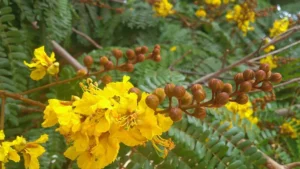
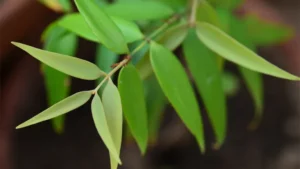

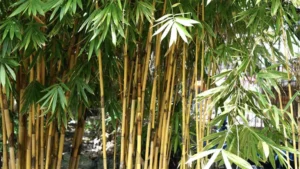
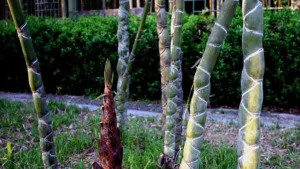
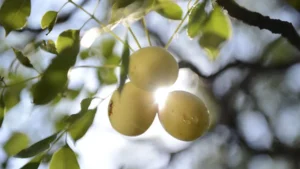
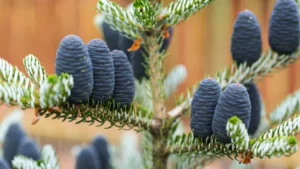

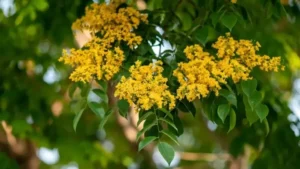
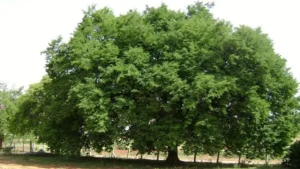
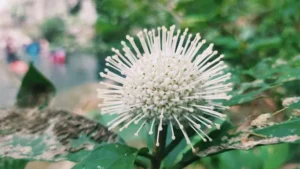
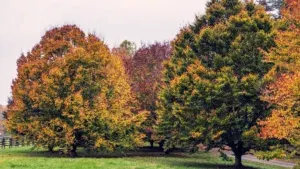
Leave your comment